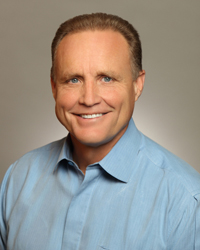What Does Social Media Mean for Public Safety?
No doubt media still plays an important role in delivering news, as well as what we share in our blogs and social networks. But now blogs and social networks are their own news sources. Institutions no longer manage information because much of user-generated content is popular, credible and instant.
In public safety and law enforcement, these shifts are most evident in disasters and emergencies, where citizens receive up-to-the-minute information from varied sources. For example, when fires burned through Los Angeles County last summer, residents and institutions shared real-time updates on burn areas and evacuations via social media platforms, often ahead of traditional news outlets. Updates came through on computers and smart phones as stories, images and real-time conversations. But social media can also contribute to spreading misinformation. After the earthquake in Haiti, rumors about airlines giving doctors and nurses free flights to Haiti spread rapidly on Twitter. Airlines quickly provided corrected the rumors, but the Haitian consulate in New York was already inundated with calls.
The shift in sourcing has implications across all levels of our operations. Information now spreads rapidly among citizenry, while oftentimes first responders still face barriers. Bottom line, we need to integrate new communications tools with an understanding of their advantages and limitations. Whether or not you are convinced these platforms are a worthwhile communications channel, conversations impacting public safety issues are happening on the Web. As public safety agencies nationwide get on board with social media, exploring these platforms’ background and potential uses is increasingly important.




Check out my new book, Social Media and Public Safety available at http://www.amazon.com/Incorporating-Social-Public-Safety-Communications/dp/B0064RZ0PI/ref=sr_1_1?ie=UTF8&qid=1324261221&sr=8-1